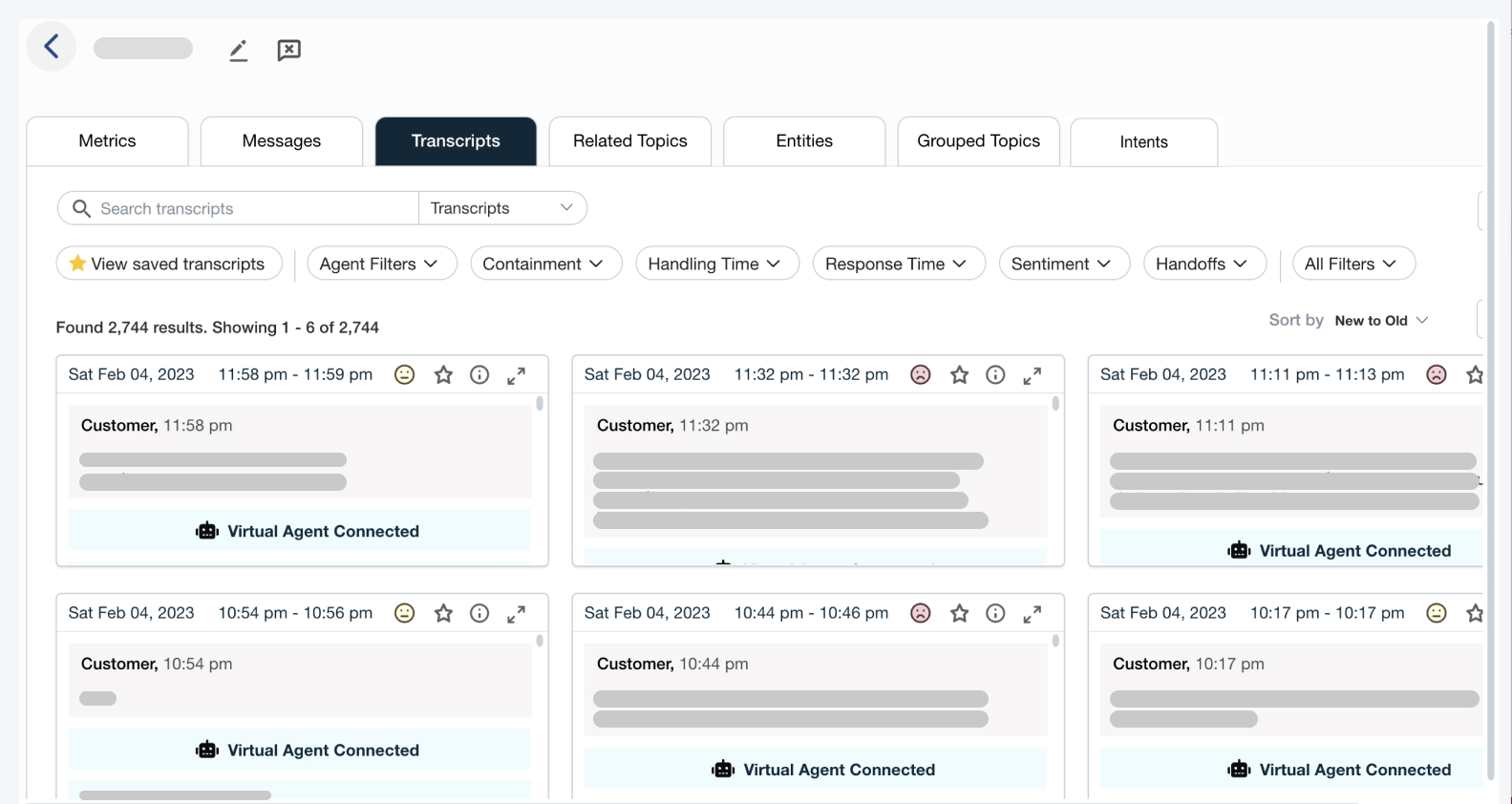What does ‘uberization’ mean for today’s contact center?
What does ‘uberization’ mean for today’s contact center?

Magnus Geverts at Calabrio explains how to turn ‘uberization’ to your advantage using the latest WFM technology to motivate staff and keep customers happy
The term ‘uberization’ is fast becoming part of modern language and comes from Uber, a ride sharing app enabled by GPS and mobile technology that has taken the international transportation industry by storm. Another example is Lyft. These companies own no cars and the concept is catching on with AirBNB, an online accommodation market place which owns no hotel rooms, and Alibaba, an international trade site that carries no stock.
So what does this all mean?
Well, according to learning experts Lumesse, ‘uberization’ is “pushing flexibility up the agenda” with research indicating that “70% of the working population in the UK will be mobile, flexible workers by 2020.” Today, people want to work their own hours, choose where they work and do so without the restrictions of formal direct supervision in a traditional office setting.
Nothing new but the world of work is finally waking up!
Interestingly, the concept of uberization is nothing new. Many, smaller service companies have long taken a virtual approach to running their businesses, with people working from home, using technology to connect with each other and relying on a serviced office for the occasional client meeting. Even the independent contractor model adopted by larger companies to increase their agility has been around for years and could be considered a form of uberization.
So why now?
Through a culmination of thought and circumstance coming together, the concept of a virtual workforce or ‘uberization’ is becoming real. Original suspicions around home-working where managers dreaded losing control, or feared their staff would become a team of slackers, have largely disappeared. The popularity of mobile devices and advancements in security make flexible working far more reliable. Add to this the opportunity to cut costs and remote working make the perfect business case for CFOs looking to get as much value as possible into their tight budgets.
The future is here
Imagine having a pool of people who work for different contact centers at different times and sell their services to the highest bidder, choosing who they work for and when? Sounds scary, doesn’t it, but just think of the benefits from a business perspective.
As a contact center leader, wouldn’t you want agents who are available when you need them? Suppose you had the power to tap into a global sea of talent that might exist in the far-flung reaches of the world, collaborating in worldwide virtual teams? The right resources in an instant, at the right time and at the right cost!
Putting a price on agent engagement
Contact centers are no longer the modern equivalent of a place for blue color workers. Agents now have specialist knowledge and valuable customer service and technology skills they can trade. They know their worth, are dictating their terms and can name their price.
At a recent Calabrio customer conference in the US several speakers made the point that contact centers are no longer the occupation of choice for students putting themselves through college. Not so long ago the options were either a burger bar or a contact center. Now, with the growth of online businesses needing delivery drivers, packers and warehouse staff and of course Uber, the choices for part-time and evening work have increased.
Add to the mix the trend for more routine tasks in contact centers dealt with via automation, including tried and tested Interactive Voice Response (IVR) as well arise in Artificial Intelligence (AI) and Chatbots there is a stronger case for this new way of working. Only the most complicated tasks will be handled by highly skilled but flexible humans – making agent engagement more important than ever before.
Technology to the rescue
Fortunately, help is hand. Take advantage of the latest Workforce Management (WFM) solutions to enable:
- Easy access, anytime, anywhere – agents quickly log into the system from home or on the move to check their schedules, see who they are working with and let their manager know when they are available for work. The younger generation, in particular, will value using their smart phones to access the system and change their working patterns day-by-day, week-by-week
- Self Service – agents simply click and choose when they want to work. Managers might not be able to accommodate every request but agents will receive an instant response, every time!
- Intelligent resourcing – at the click of a mouse and using historical data, planners can accurately predict how many agents they will need, the skills they require and pick and choose the right team from their virtual pool of talent. They can even support short shifts or split shifts, something that isn’t always possible in a traditional contact center employing a set number of people at set times of the day
- Notifications – need extra agents at the last moment? Simply issue email or SMS notifications to people with the right skills to find out if they can work at short notice and so plug in any gaps
- Adherence – no employees? No problem! Managers can keep in control of their virtual contact center environment and monitor agent adherence wherever they may be.
There is a growing belief that agents with a greater say in how they work demonstrate higher performance levels that impact positively on customer satisfaction. But be careful to choose the right virtual agents, find ways to keep them connected and train them extensively. Finally, support them with WFM technology to make your transition to the world of ‘uberization’ a smooth and successful one.









